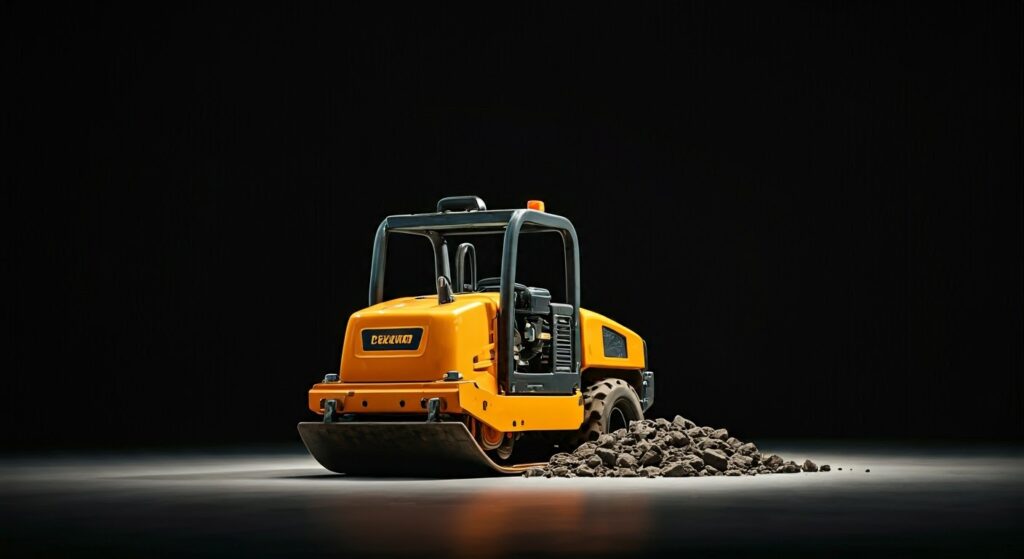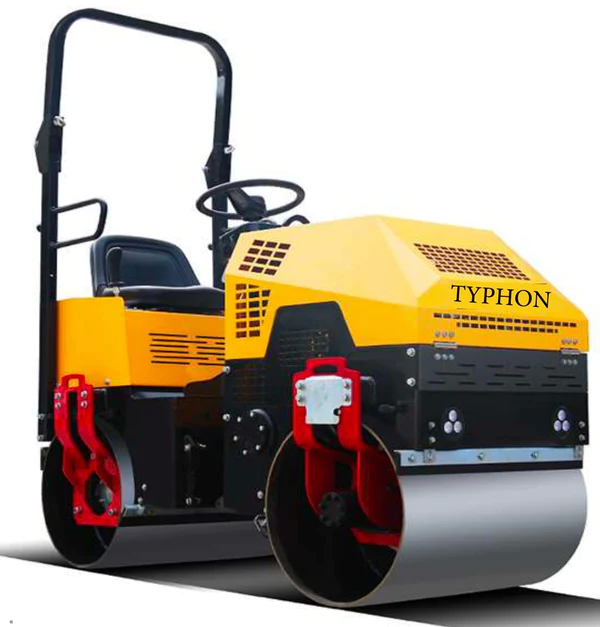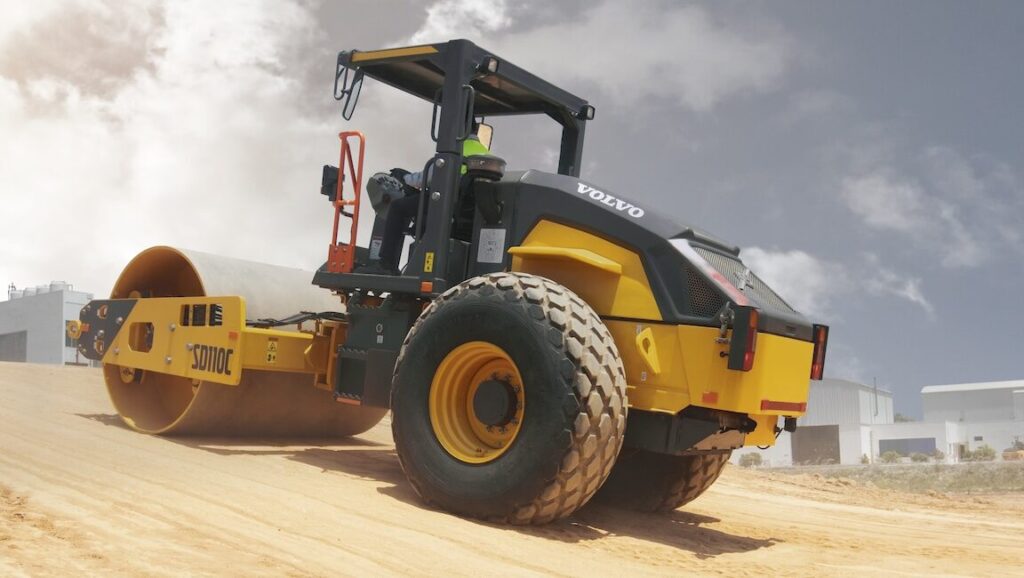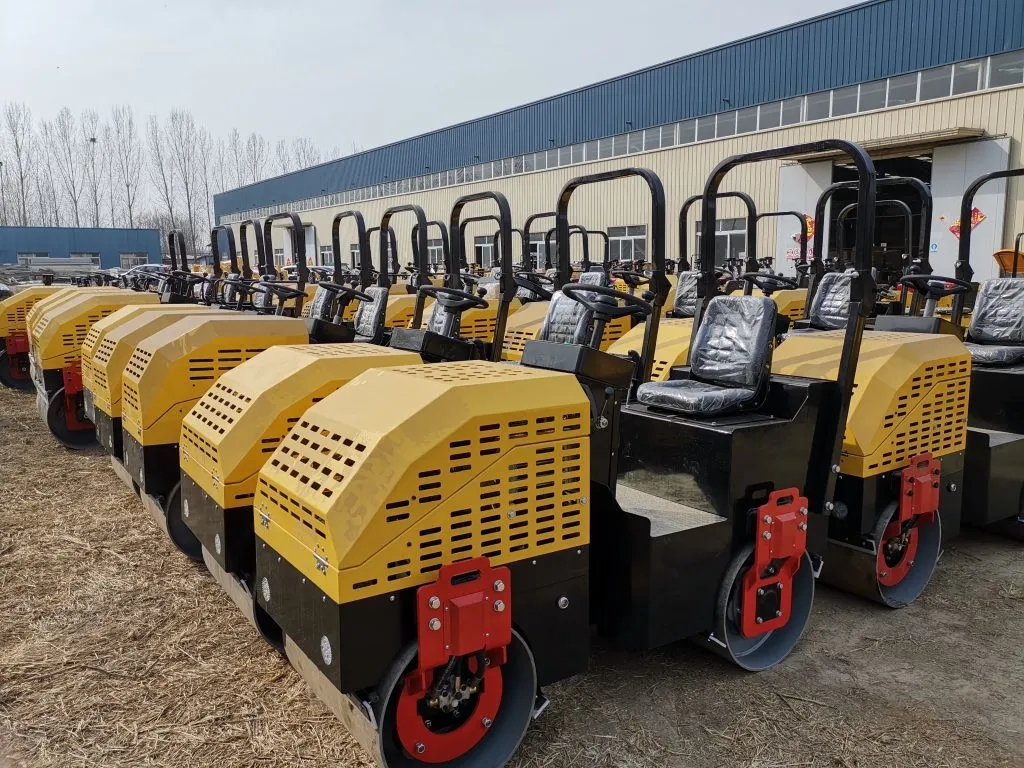What Is the Difference Between a Roller Compactor and a Plate Compactor? A Comprehensive Guide
The importance of the right compaction equipment The selection of appropriate compaction equipment is crucial for a variety of landscaping projects on a building site. Plate and roller compactors are two pieces of equipment that confuse newcomers from time to time. While both are designed to compact materials such as gravel, asphalt or dirt, their uses, mechanics, and efficiency are quite different. This 2000 words long article aims to guide you and pick the right tool to get the job done by breaking down all the key differences, use cases, pros and cons for each.
Introduction: Why Understanding the Difference Matters
Roads, pavements, and even stable foundations rely on compaction. Using the wrong tools can lead to structural breakdowns, unfair settlement, and money or time losses. Whether you work as a project manager, contractor, or do-it-yourselfer, knowing when to utilize a “roller compactor” rather than a “plate compactor” ensures efficiency, safety, and long-term benefits.
1. What Is a Roller Compactor?
A roller compactor (or road roller) is a heavy-duty machine designed for large-scale compaction tasks. It compresses items across large regions using the weight of one or two steel drums along with vibration or static pressure.
Key Features
- Weight: 1–20+ tons.
- Drum Types: Smooth (for asphalt), padfoot (for clay), or vibratory (for granular soils).
- Mobility: Self-propelled or ride-on, ideal for open spaces.
- Applications: Road construction, landfill compaction, large soil stabilization projects.
Example: For a smooth, long-lasting road, a highway building crew compacts layers of gravel and asphalt using a 10-ton vibratory roller.
2. What Is a Plate Compactor?
A plate compactor, often known as a vibrating plate, is a portable, light-weight equipment with a vibrating base plate. Using fast vibrations to settle materials, it is meant for limited areas and minor operations.
Key Features
- Weight: 100–300 lbs.
- Plate Size: 12–24 inches wide.
- Mobility: Manual operation, easy to transport.
- Applications: Pavers, trenches, sidewalk repairs, and small patios.
Example: A landscaper uses a plate compactor to firm up soil beneath interlocking bricks for a backyard patio.
3. Key Differences Between Roller and Plate Compactors
| Factor | Roller Compactor | Plate Compactor |
|---|---|---|
| Size & Weight | Heavy (1–20+ tons) | Light (100–300 lbs) |
| Compaction Method | Static weight + vibration | High-frequency vibrations |
| Coverage Area | Large (roads, fields) | Small (trenches, pavers) |
| Maneuverability | Limited to open spaces | Agile in tight spaces |
| Depth of Compaction | Up to 24+ inches (with layers) | 6–12 inches (single pass) |
| Cost | 20,000–200,000+ (purchase) | 500–3,000 (purchase) |
4. When to Use a Roller Compactor
Ideal Scenarios
- Road Construction: Compacting asphalt or gravel for highways, parking lots.
- Landfill Management: Compressing waste layers to maximize space.
- Large-Scale Soil Stabilization: Preparing foundations for buildings or runways.
- Mining Operations: Creating stable access roads for heavy machinery.
Case Study: During the expansion of Denver International Airport, crews used vibratory rollers to compact 12-inch soil layers, ensuring a solid base for new runways.
Pros
- Handles heavy materials (asphalt, dense soil).
- Achieves uniform density over large areas.
- Reduces long-term settling risks.
Cons
- Expensive to buy or rent.
- Requires trained operators.
- Impractical for narrow or confined spaces.
5. When to Use a Plate Compactor
Ideal Scenarios
- Paving Projects: Settling sand or gravel beneath pavers, bricks, or flagstones.
- Trench Compaction: Backfilling utility lines or drainage pipes.
- Small Repairs: Fixing potholes, leveling uneven sidewalks.
- Landscaping: Preparing garden beds or compacting soil around retaining walls.
Real-World Example: After installing a French drain, a homeowner rents a plate compactor to compact soil around the trench, preventing future erosion.
Pros
- Affordable and easy to operate.
- Perfect for DIY projects.
- Fits in narrow or hard-to-reach areas.
Cons
- Limited to shallow compaction.
- Struggles with cohesive soils (e.g., clay).
- Prolonged use causes operator fatigue.
6. Head-to-Head Comparison
Efficiency
- Roller Compactor: Faster for large, open areas. A 10-ton roller can compact 1,000+ sq. ft. per hour.
- Plate Compactor: Slower but precise. Covers 100–200 sq. ft. per hour, ideal for detail work.
Versatility
- Roller Compactor: Specialized for heavy materials and deep compaction.
- Plate Compactor: Adaptable for mixed materials (sand, gravel, pavers).
Cost Considerations
- Roller Compactor: High upfront cost; renting costs 200–800/day.
- Plate Compactor: Budget-friendly; renting costs 50–150/day.
7. Safety and Maintenance
Roller Compactor Safety Tips
- Avoid steep slopes to prevent rollovers.
- Conduct daily checks for hydraulic leaks.
- Wear seat belts and hearing protection (for vibratory models).
Plate Compactor Safety Tips
- Wear anti-vibration gloves to reduce hand fatigue.
- Clear debris to prevent plate damage.
- Never operate on unstable ground.
Maintenance Comparison
- Roller Compactor: Requires frequent oil changes, drum inspections, and engine servicing.
- Plate Compactor: Low-maintenance; occasional oil top-ups and plate cleaning.
8. Technological Advancements
- Smart Rollers: GPS-enabled rollers map compaction density in real time, reducing guesswork.
- Electric Plate Compactors: Eco-friendly models (e.g., Weber MT) reduce noise and emissions for urban projects.
9. Frequently Asked Questions
Q: Can I use a plate compactor for asphalt?
A: Yes, but only for small patches. Use a roller compactor for full-scale asphalt paving.
Q: Do roller compactors work on gravel?
A: Yes—vibratory rollers are ideal for granular materials like gravel.
Q: Which is better for clay soil?
A: A padfoot roller compactor, as its lugs penetrate and break up dense clay.
10. Conclusion: Making the Right Choice
Understanding the differences between roller and plate compactors primarily depends on project size, material type, and budget. Large, heavy-duty applications are dominated by rollers, although plates are superior in terms of accuracy and usability. To guarantee the best outcomes, always evaluate the site’s circumstances, speak with equipment experts, and put safety first.

